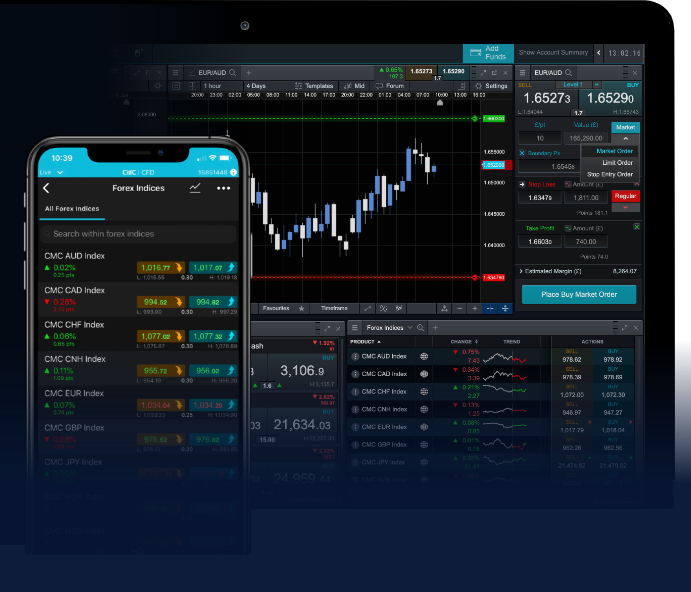
In the world of forex trading, one important concept that every trader should be familiar with is the “swap”. A what is swap in forex trading Trading Area NG is essentially the interest that is paid or earned for holding a position overnight. This article will delve into the details of swaps in forex, explaining their mechanics, significance, and strategies for managing them effectively.
What is a Swap in Forex?
A swap in forex refers to the interest differential between the two currencies being traded. When a trader opens a position, they are essentially borrowing one currency to buy another. Due to the different interest rates set by central banks, there will be a difference in interest payments between these currencies. This difference is what constitutes the swap.
How Does Forex Swap Work?
In practical terms, every currency pair has an associated swap rate that is determined by the difference between the two currencies’ interest rates. If a trader buys a currency with a higher interest rate while selling a currency with a lower interest rate, they may earn a positive swap, also known as a rollover. Conversely, if the situation is reversed, they may incur a negative swap.
Example of Forex Swap
Let’s consider an example: A trader buys the currency pair AUD/USD. If the interest rate for AUD (Australian Dollar) is 2.5% while the rate for USD (United States Dollar) is 0.25%, the trader will benefit from the interest differential. Assuming they hold the position overnight, they will receive the swap amount, which is calculated based on the value of the position and the swap rate.
Importance of Swaps in Forex Trading
The impact of swaps can be significant, especially for traders who hold positions for extended periods. They can influence the overall profitability of a trade. Here are several reasons why understanding swaps is critical:

- Cost of Carry: Holding a position overnight can either add to or reduce the cost of trading. Traders need to calculate potential costs when planning their trading strategies.
- Yield Opportunities: Traders can take advantage of positive swaps by choosing currency pairs with favorable interest rate differentials.
- Risk Management: Understanding how swaps work can aid in managing risk effectively, particularly for long-term investments.
How to Calculate Forex Swap?
Calculating the swap rate involves considering several factors, including the notional amount of the trade, the swap rate itself, the currency pair, and the leverage used. Here’s a simple formula:
Swap = Notional Amount x (Swap Rate / 100) x (Number of Nights)
For example, if a trader has a notional amount of $10,000 and the swap rate is 0.5%, and they hold the position for one night, the swap would be:
Swap = 10,000 x (0.5 / 100) x 1 = $5
Types of Swaps
There are two main types of swaps in forex:
- Long Swap (Positive Swap): This occurs when the trader buys a currency with a higher interest rate compared to the currency they sell. Traders can earn interest on their positions if they hold them overnight.
- Short Swap (Negative Swap): This occurs when the trader sells a currency with a higher interest rate compared to the currency they buy. In this case, the trader pays interest on their position overnight.

Factors Influencing Swap Rates
The swap rate can fluctuate based on several factors, including:
- Central Bank Policies: Changes in interest rates set by central banks directly impact swap rates.
- Market Conditions: Economic indicators, geopolitical events, and market sentiment can influence the swap rates significantly.
- Broker Policies: Different brokers may offer varying swap rates based on their own calculations and policies.
Managing Swaps in Forex Trading
For forex traders, managing swaps effectively can be crucial for maximizing profits and minimizing costs. Here are some strategies that traders can employ:
- Trade with a Positive Swap: Focus on trading currency pairs with favorable interest rates to earn more from swaps.
- Shorter Trading Horizons: If swap rates are high and adverse, consider shorter-term trades to minimize swap costs.
- Switch to Different Pairs: If a currency pair is consistently leading to a negative swap, explore other pairs with better swap conditions.
Conclusion
Understanding what a swap is in forex trading and how it works is essential for any trader looking to maximize their trading profits. Swaps can have a significant impact on overall trading costs and profitability, especially for those who hold positions overnight. By being aware of the factors that influence swap rates and employing effective strategies to manage them, traders can navigate the forex market more effectively and make informed trading decisions.
Remember, while swaps can provide opportunities, they can also pose risks, making it crucial to stay informed and adaptable in the ever-changing world of forex trading.




